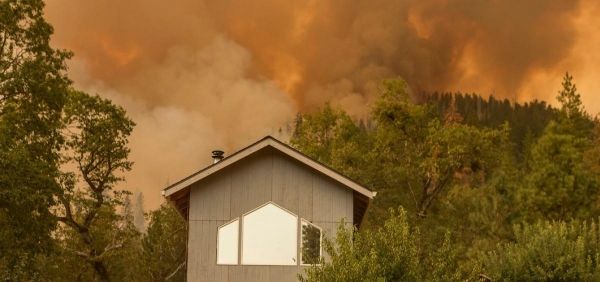Led by Chris Dunn, a research associate in the OSU College of Forestry with several years of firefighting experience, scientists have used machine learning algorithms and risk-analysis science to analyze the many factors involved in handling fires: land management objectives, firefighting decisions, fire mitigation opportunities and the needs of communities, the environment and the fire management system. Their findings were published in Environmental Research Letters.
“We have to learn to live with fire,” Dunn said. “There is no forecast or evidence of a future without more fire. If we accept that view, then the question becomes, what kind of fire do we want?”
Now, Dunn notes, “we suppress 97 or 98% of fires such that we experience the 2 or 3% that are really bad, where we have no chance of successful suppression because they’re just so explosive.”
Continue reading at Oregon State University
Image via Oregon State University


